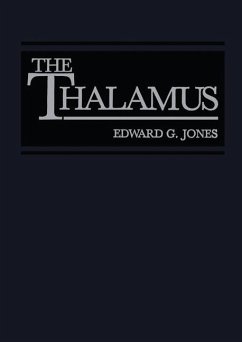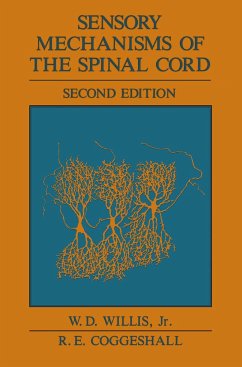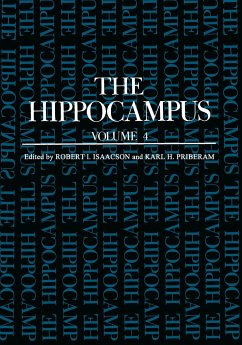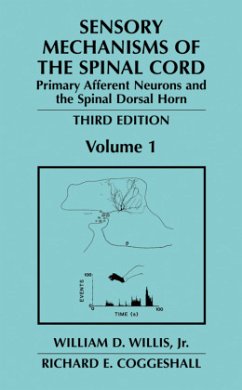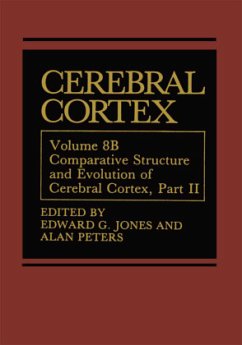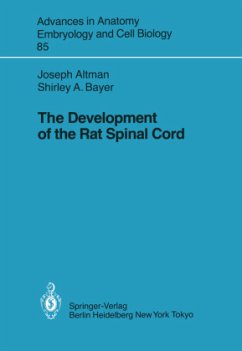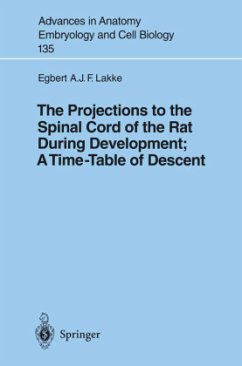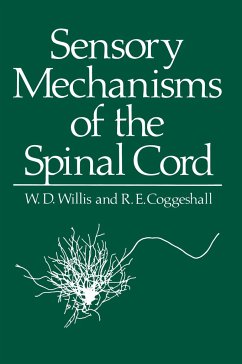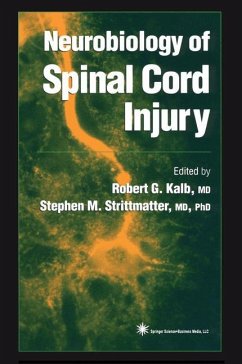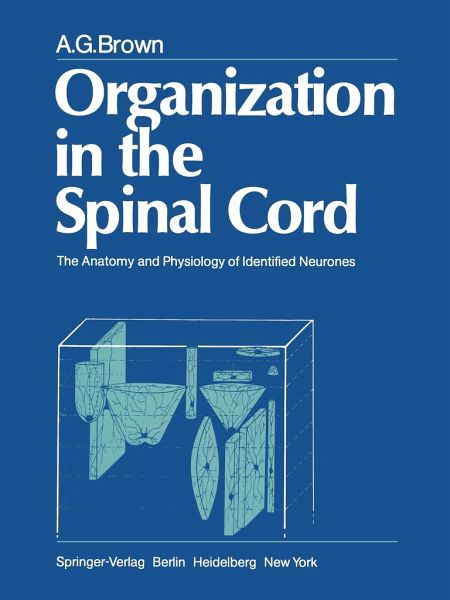
Organization in the Spinal Cord
The Anatomy and Physiology of Identified Neurones

PAYBACK Punkte
39 °P sammeln!
The research described in this book arose, in large part, from a sense of frustration. For a number of years I had been studying the physiology of the spinocervical tract, a somatosensory pathway, in the cat's spinal cord. But I did not know, precisely, where the cells of origin of the tract were located and therefore did not know what they looked like or whether there were any correlations between structure and function. It was true that electrophysiolo gical experiments had indicated their probable situation in the dorsal horn, and anatomical work had described the morphology of cells that w...
The research described in this book arose, in large part, from a sense of frustration. For a number of years I had been studying the physiology of the spinocervical tract, a somatosensory pathway, in the cat's spinal cord. But I did not know, precisely, where the cells of origin of the tract were located and therefore did not know what they looked like or whether there were any correlations between structure and function. It was true that electrophysiolo gical experiments had indicated their probable situation in the dorsal horn, and anatomical work had described the morphology of cells that were likely to give rise to the axons of the tract; but this was not satisfactory. With the publication, by Stretton and Kravitz in 1968, of the Procion Yellow ionophoretic method for intracellular staining, a new tool became available for studying the morphology of physiologically identified neurones. We used the techniques and, although very pleased with the beautiful appearance of the dendritic trees of neurones seen in the fluorescence microscope, we were again frustrated, this time by the inability of Procion Yellow to stain axons for any considerable length. Therefore, P. K. Rose and P. J. Snow and I began to try to develop a method that would stain the axon, together with its collaterals, in addition to the soma and dendrites of an intracellularly re corded neurone.





